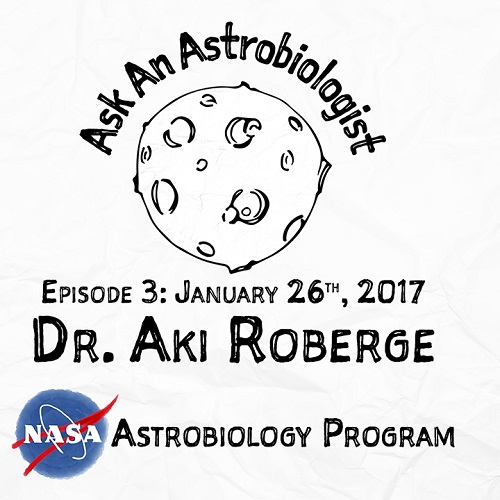We observed the 2019 January total lunar eclipse with the Hubble Space Telescope’s STIS spectrograph to obtain the first near-UV (17003200 Å) observation of Earth as a transiting exoplanet. The observatories and instruments that will be able to perform transmission spectroscopy of exo-Earths are beginning to be planned, and characterizing the transmission spectrum of Earth is vital to ensuring that key spectral features (e.g., ozone, or O3) are appropriately captured in mission concept studies. O3 is photochemically produced from O2, a product of the dominant metabolism on Earth today, and it will be sought in future observations as critical evidence for life on exoplanets. Ground-based observations of lunar eclipses have provided the Earth’s transmission spectrum at optical and near-IR wavelengths, but the strongest O3 signatures are in the near-UV. We describe the observations and methods used to extract a transmission spectrum from Hubble lunar eclipse spectra, and identify spectral features of O3 and Rayleigh scattering in the 30005500 Å region in Earth’s transmission spectrum by comparing to Earth models that include refraction effects in the terrestrial atmosphere during a lunar eclipse. Our near-UV spectra are featureless, a consequence of missing the narrow time span during the eclipse when near-UV sunlight is not completely attenuated through Earth’s atmosphere due to extremely strong O3 absorption and when sunlight is transmitted to the lunar surface at altitudes where it passes through the O3 layer rather than above it.
VPL Scientist Dr. Aki Roberge (NASA GSFC) was recently featured on the Ask an Astrobiologist program! Dr. Aki Roberge, Study…
Exo-C is a NASA-sponsored community mission study of a space telescope designed for high contrast imaging of extrasolar planetary systems with an internal coronagraph. Starting in summer 2013 and completing in early 2015, the Exo-C study shows what could be done with an optimized space telescope within a “probe scale” cost cap of $1B. The Exo-C study is being carried out by a Science and Technology Definition selected by NASA HQ and by an engineering design team at the Jet Propulsion Laboratory.
